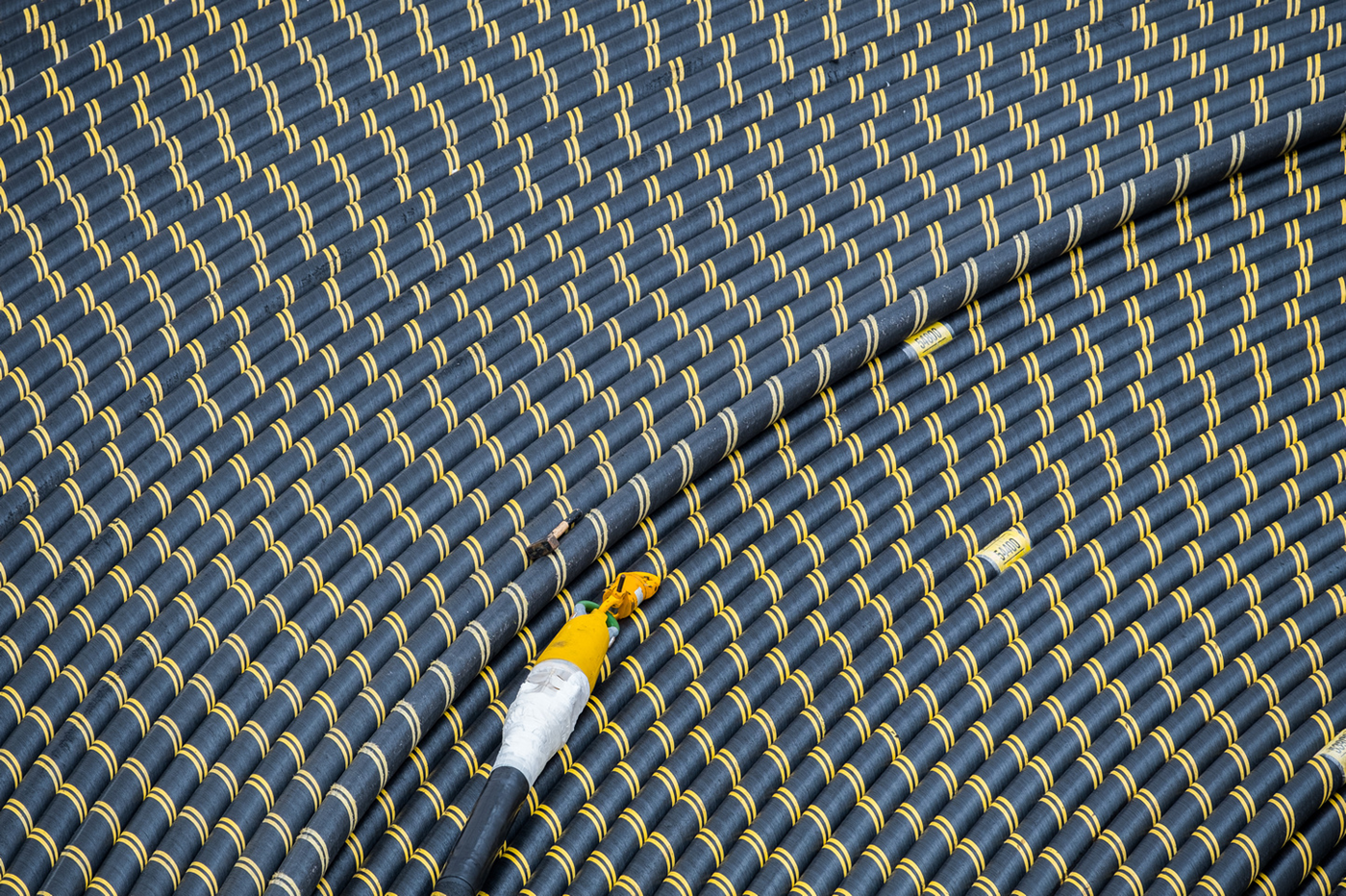Marine Licence Granted for East Coast Subsea Electricity Superhighway
A major milestone has been reached in SSEN Transmission’s proposed new subsea electricity superhighway project along the east coast of Scotland following approval of the scheme’s marine licence.
The ‘Eastern Green Link 2’ project, which will be delivered in partnership with National Grid Electricity Transmission (NGET), will see the creation of a 2GW subsea transmission cable from Peterhead in Scotland to Drax, Yorkshire in England, enabling the transportation of low-carbon electricity by addressing existing constraints on the transmission system. This, in turn, will play a critical role in supporting the UK’s future security of supply, reducing dependence and price exposure to volatile global wholesale gas markets.
High-voltage direct current (HVDC) technology provides the most efficient and reliable means of transmitting large amounts of power over long distances subsea. With a capacity of 2GW, the Eastern Green Link 2 subsea transmission link will help to alleviate existing constraints on the electricity network, supporting the growth of new renewable electricity generation and progression of further links, creating jobs and delivering a pathway to net zero emissions targets.
Marine Scotland’s approval of this licence applies to the 150km stretch of cable that sits within Scottish waters, which is being developed by SSEN Transmission and NGET. The licence gives permission to install infrastructure within a 500m-wide defined corridor of the seabed from where the proposed cable makes landfall at Peterhead, to the Scottish-English maritime border.
Prior to submitting the marine licence application, SSEN Transmission and NGET project teams carried out surveys in 2021, which informed rigorous environmental appraisal and technical assessment to ensure that the proposed cable route had minimal environmental impact. The survey results helped to inform initial proposals for the cable, which included designing the project to avoid particularly sensitive national protected areas.
Project teams worked in close collaboration with key stakeholders, including newly formed major ScotWind Developers, to find a constructive way to co-exist in a shared environment and progress with the development of critical infrastructure of national importance like this, which will ultimately play a leading role in helping to achieve net zero.
Ricky Saez, EGL2 Project Director, said:
“We’re delighted to have been granted a marine licence for the Scottish section of Eastern Green Link2, which marks a major milestone for the project.
“Getting to this point wouldn’t have been possible without invaluable support from consultants who have provided expert environmental, technical and specialist advice, and securing our marine licence is testament to the years of work - between the respective Transmission Operators, a first joint development of its kind that has had SSEN Transmission involvement - which has gone into developing the project so far.
“We believe our marine licence submission achieved the best possible balance between environmental considerations and the need for the project, and our plans ensure that we’re doing everything we can to limit our impact on the surrounding sensitivities in the subsea environment.
“We’re now looking forward to working with the supply chain to conclude our tender event, and secure equipment capacity, before progressing our project assessment to determination with Ofgem later this year.”
Sarah Sale, EGL2 Deputy Project Director said:
“This a significant milestone in the project and testament to the hard work of all of those involved in the partnership between National Grid Electricity Transmission and SSEN transmission.
Eastern Green Link 2 will play a major role in getting UK-produced renewable energy from where it is generated to the homes and businesses that need it.
“We look forward to continuing to work in partnership to progress the project, part of the investment in new network infrastructure needed help the UK meet its net zero ambitions.
Work to progress the project is being taken forward as a joint venture between SSEN Transmission and National Grid Electricity Transmission (NGET). Licensed activities are expected to commence in 2025, to achieve the targeted energisation date of 2029.
